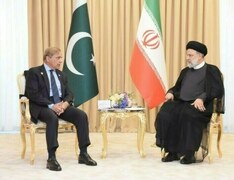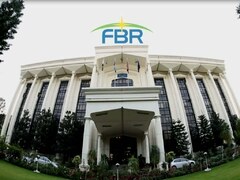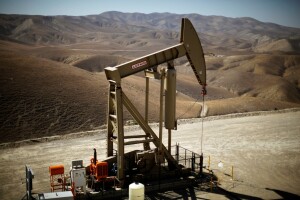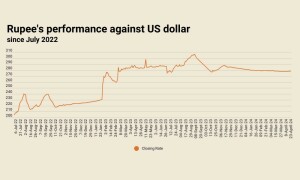EDITORIAL: State Bank of Pakistan (SBP) and Ministry of Finance (MoF) are becoming too sensitive to critical commentary on country’s Balance of Payment (BoP). Recently, both have issued prompt and hard rebuttals in response to two separate articles carried by this newspaper. SBP very strongly responded to a BR Research article “CAD chronicles”, while MoF lambasted Dr Hafeez A Pasha’s concerns that he voiced through his article for this newspaper titled “Very fragile BoP”. Clarifications or rebuttals cannot change facts. CAD at $2.6 billion is the highest-ever in the history of the country. Period. Whether it is fully financed or not is a secondary issue. Then, the BoP is at negative $0.3 billion in 7MFY22 despite $11.6 billion net inflows in the financial account. Times are tough; accept it. Don’t shoot the messenger.
SBP argues that “not all current account deficits are equal”. Criticism is not over the nature or drivers of CAD; it’s about its sustainability, especially in the near term. Some severe upside risks in international commodity prices have made independent analysts jittery. Their worries are driven by the fact that the country has limited buffers to withstand global frenzy. The recent announcement of relief packages by the government to ease growing political pressure that it has been facing these days have in fact added to worries, although it is fully aware of the limited fiscal and external space that characterizes the country’s state of economy at this point in time. It is natural that independent observers raise concerns over fears of adverse reaction by the IMF (International Monetary Fund) on the populist steps taken by the government.
It is important to note that CAD of $2.6 billion in January 2020 is $700 million higher than the preceding month. Imports are almost at the same levels. Both exports and remittances were lower. However, that does not mean the decline in earning avenues is a trend. While it may be too early to say so, risks are looming large. Then the imports at the same level of last month’s indicates a lack of demand slowdown. There are one-offs. There could be some mysterious items, as suggested in the comment titled “CAD Chronicles”. SBP took a notice of the referred ‘mystery’ in its rebuttal. However, that ‘mystery’ was unraveled by the PBS data over the past two months and it is now reflecting in the SBP data as well.
SBP attempted to explain the difference between fully financed and partly financed CAD. That part was already explained in the article. Yes, SBP is correct that fully financed deficit does not put pressure on currency demand and supply in the interbank market and would not need SBP’s intervention (injection of foreign currency in the banking system). But if CAD continues to grow at its current pace, this may no longer hold true in future. This warrants both emphasis and attention.
MoF’s response is even more unsavoury. Its ‘rebuttal’ argued against the figures quoted in the op-ed titled “Very fragile BoP” from statement of net inflows, insisting that reserves are down due to repayment of $1 billion Sukuk. MoF’s specialists ought to know the meaning of net inflows where both outflows and inflows are accounted for. Moreover, the fall in reserves was also attributed to seasonality. For reference, year-on-year comparisons are used to cancel out effects of seasonal drivers! The bottom line is that the economic institutions should put more efforts into dealing with the crisis in hand. Man-hours should be spent on coming up with strategies to deal with the looming challenge on external front.
Copyright Business Recorder, 2022
























Comments
Comments are closed.